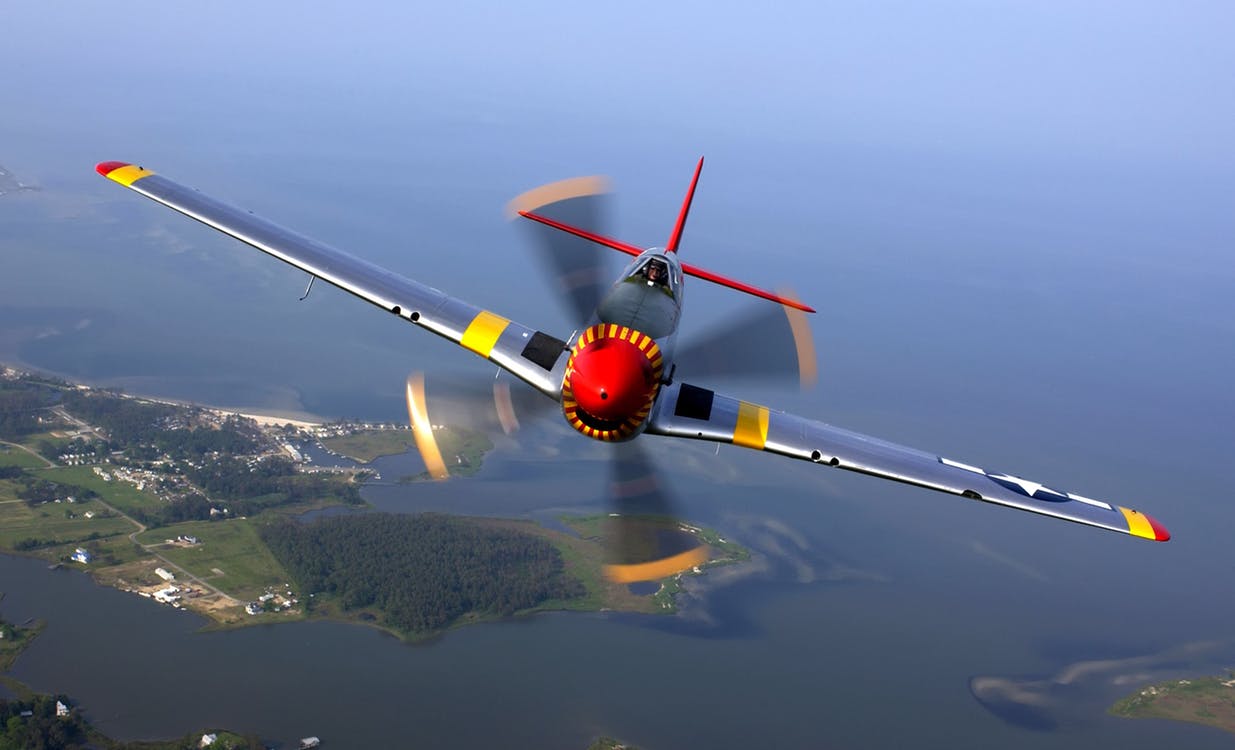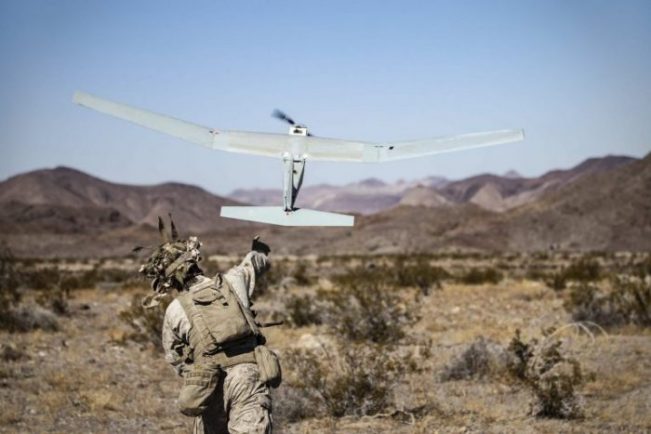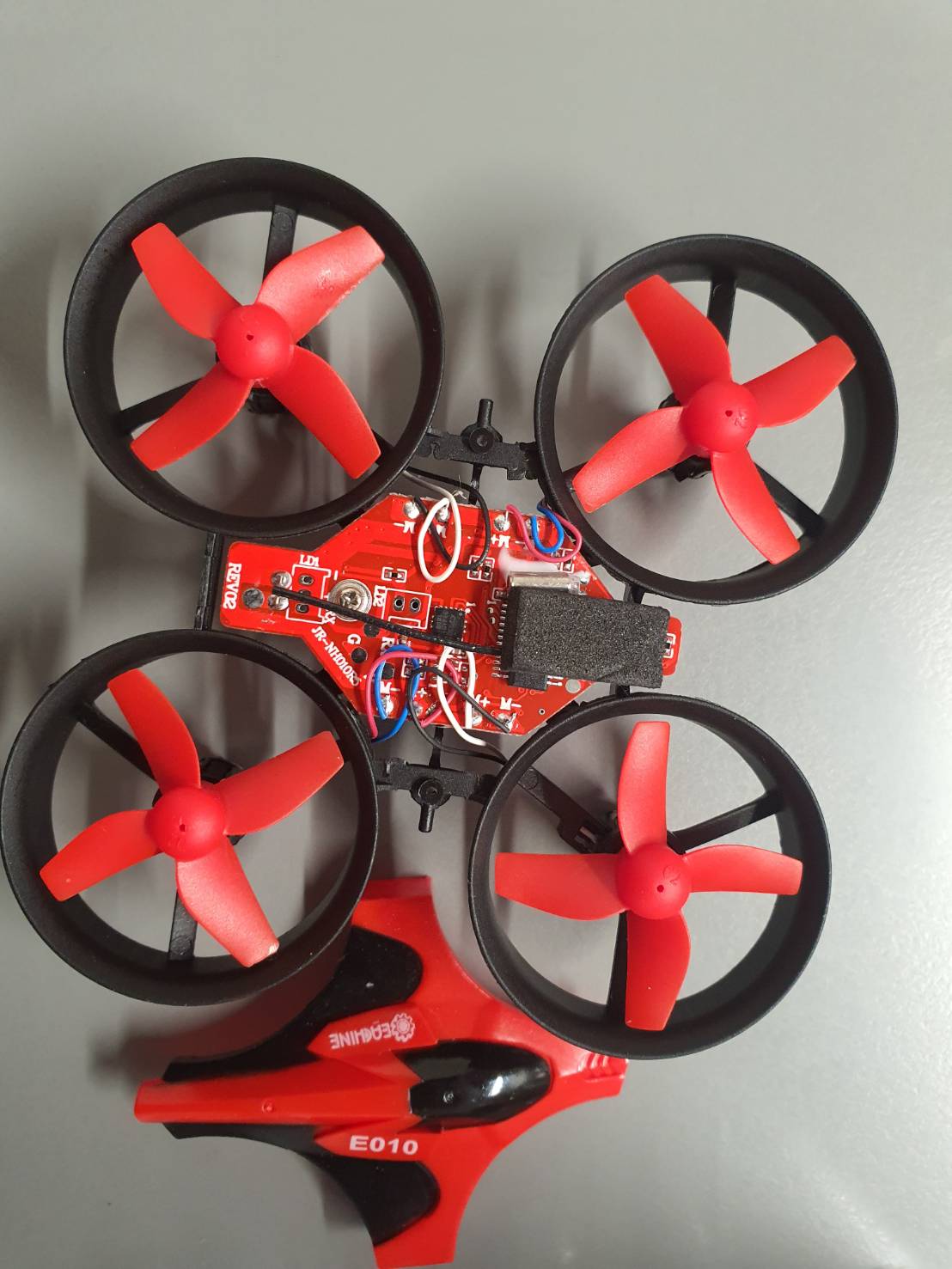
In the field of drone autonomy, Level 1 autonomous flight capabilities are already in use. These systems are autonomous and require no human intervention. They can also complete tasks with minimal human supervision. Exyn and other companies have been creating autonomous drones. These drones can navigate without needing human planning because they are lidar-equipped. Here are some advantages to Level 1 autonomy. Let's get to know more.
Level 1 autonomy
The autonomy of a drone is the first step to autonomous drones. The drone can operate independently while only having to take control for a limited time of one vital function. While it is not capable of controlling its speed and direction, it can help with navigation, altitude, position, and other functions. The majority of drone manufacturers are now able to produce drones that have some autonomy. But, at this stage the pilot will still be responsible to safety and monitoring the airspace.
This level of autonomy is not yet commercially available and will remain so for some time. The drone is capable of flying around on its own, so the pilot must be alert and prepared to assume control in an emergency. As the drone reaches higher levels of autonomy, it will no longer require a human pilot. In fact, it will send alerts to the human pilot when it needs help. By the time Level 4 drones are ready to be put into production, they will be so intelligent that they will even be able to navigate smoky buildings, find people in need of help, and carry out routine inspection tasks.

At this stage of autonomy drones must be aware that there are predatory birds as well as humans on the ground. Although drones can track and fly objects, they are unable to fully understand the environment and make independent decisions. For example, pilots must manually scan for other manned aircraft and yield to them when necessary. Also, they should be aware of any other manned aircraft, particularly aircraft that may attempt to land.
Exyn autonomous drones can now fly at Level 4 in human-free areas. However, they can not fly above cars and pedestrians. They will eventually have to undergo the FAA Part 135 certification. AI and computer Vision will solve these safety issues. They can help us live easier while we wait. We cannot afford to live in the middle. We won't be able to know the truth until they are.
Level 4 autonomy in commercial drones is still not available, but it is there. Some top drone manufacturers have attained this level. Exyn's drone, for instance, is classified as autonomy level 4A. It can perform complex tasks, such as security and inspections. It can also collaborate with other drones. This means that it is already the most advanced.

FAQ
What laws apply to drones flying above private property?
New rules were recently published by the FAA regarding commercial drone flights. These rules apply only to UAVs weighing less than 55 pounds and flying below 400 feet above ground level. Commercial operators will need to register with FAA and get a license from agency. They must also obtain permission from local authorities if they plan to operate in restricted areas, such as airports.
Do drones fall under the control of the FAA?
The FAA supervises all aspects related to drone operations, including certification requirements and safety standards.
Do I need any special training to fly drones?
No, you don’t need any special training in order to fly your drone. You just need a remote-control unit and basic knowledge in flight mechanics.
What are the rules of operation when using drones?
You need to register your drone with the FAA. This registration involves information such as the weight, size, battery capability, and operating frequency. This registration process requires that you obtain an FAA identification code.
Statistics
- According to Indeed, a drone pilot gets paid $25.73 per hour on average in the US. (dronesgator.com)
- With the top 10% making over $100/h and the bottom 10% making as low as $10/h. (dronesgator.com)
- According to the multiple listing service (MLS), houses and apartments with drone photographs are up to 68 percent more likely to sell than those without pictures. (thedroneu.com)
External Links
How To
How do I clean my drones?
These are some of the things you need to know before cleaning your drone. This guide will help you make sure that you get the most out of your drone.
-
Make sure you have the right tools. Be sure to have everything you require before you begin any task. You will need a soft brush or a toothbrush and a cleaning agent (we recommendWD40).
-
Take out the battery pack. First, get rid of the battery. It is easy to locate the battery under your propeller. Be careful not to loose screws during removal.
-
You will need to remove all parts. Next, remove all parts from the drone's underside. You should make sure that they are not loose as they could fall off during cleaning.
-
Use a cleaning product. It's now time to clean your drone. We recommend that you use WD40 as a cleaning agent before doing this. Spray the entire surface of the drone with the cleaner. Make certain to get in between components. It is best to let it dry completely before attaching everything.
-
Turn on the battery. Finally, once you've cleaned your drone, it's important to put the battery back in place. By doing this, you can test how well your drone functions after cleaning.